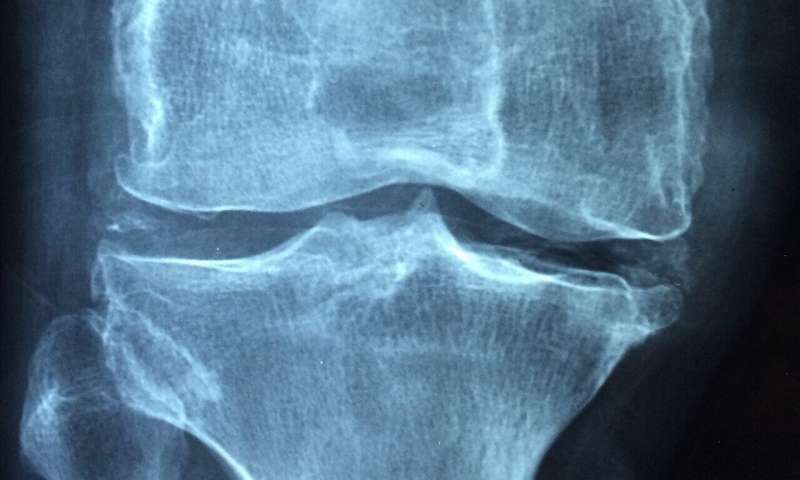New review on management of osteoporosis in premenopausal women

Osteoporosis, a disease which leads to bone fragility and an increased risk of fractures, is very common among postmenopausal women, affecting around one in three over the age of 50 worldwide. However, as osteoporosis and related fragility fractures are rare in younger women, there is far less research, and consequently a lack of consensus and guidance on its diagnosis and management in this population group.
A newly published narrative review by a working group of the ECTS and IOF provides an updated review of literature published after 2017 on premenopausal osteoporosis (1). Based on the latest evidence, the authors outline key information on factors affecting peak bone mass and distinguishing low bone mass from proper osteoporosis with increased fracture risk at a young age, including causes of secondary osteoporosis versus idiopathic osteoporosis, as well as pregnancy-and lactation-associated osteoporosis. They also provide an update on the management and treatment of this condition (including a helpful flow-chart as general guidance).
Professor Serge Ferrari, Vice-Chair of the IOF Committee of Scientific Advisors and Head of the Service and Laboratory of Bone Diseases, Geneva University Hospital, Switzerland, stated:
"Premenopausal women with known causes of secondary osteoporosis have been found to have a high prevalence of bone fragility. As well, those with prior fracture have a 35% to 75% higher risk of having a fracture in their postmenopausal years, compared to premenopausal women without fracture. It is therefore important that physicians are aware of the latest evidence and best practice in diagnosis and clinical management of osteoporosis in younger women, especially in that specific therapy of the underlying disease in many cases can significantly improve bone mineral density and bone microarchitecture."
For example, in celiac disease, an increase of 9% in radius trabecular volumetric density was achieved after one year of gluten-free diet. Similarly, in amenorrhea, including anorexia nervosa, appropriate estrogen replacement therapy can also improve bone mineral density (BMD).
The Working Group experts conclude:
- Fragility fractures are rare in premenopausal women and mostly due to secondary osteoporosis (typically underlying hormonal, inflammatory or digestive disorders);
- Treating the disorders which cause secondary osteoporosis benefits both BMD and bone microstructure. In case treatment of the underlying cause is not successful, and/or in the presence of severe osteoporosis , antiresorptive and bone-forming drugs can be used;
- In absence of an underlying disorder, BMD together with fragility fractures, qualifies as idiopathic osteoporosis;
- Low BMD alone does not necessarily represent osteoporosis in the absence of bone microarchitectural abnormalities;
- Further clinical trials are needed—especially those focused on fracture risk reduction as primary outcome, as well as on safety of bisphosphonates and other osteoporosis drugs in women of childbearing age.
Professor Bente L. Langdahl, ECTS Past-President and Chief Physician, Department of Endocrinology and Internal Medicine at Aarhus University Hospital, Denmark, added:
"With this review of the latest literature, the ECTS and IOF Working Group aims to provide a succinct overview of current best practice and general guidance on clinical management which can be of help to a wide range of practitioners. The review also points to the areas where future clinical studies are needed, including, first and foremost, the prevention of osteoporosis in women suffering from conditions known to negatively affect bone and the potential impact of osteoporosis-specific treatments on fracture reduction."
More information: Jessica Pepe et al, Osteoporosis in Premenopausal Women: A Clinical Narrative Review by the ECTS and the IOF, The Journal of Clinical Endocrinology & Metabolism (2020). DOI: 10.1210/clinem/dgaa306

















